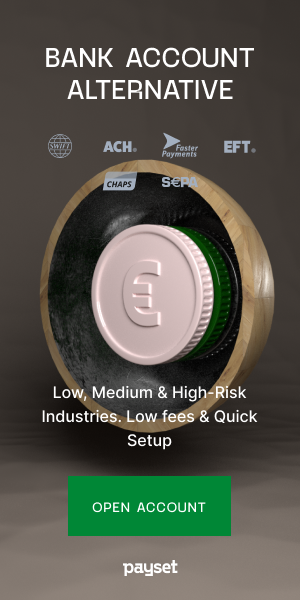With the average Initial Coin Offering attracting roughly $14.2 million this year, 2017 was definitely the year of the ICO. The growth of cryptocurrencies has been so remarkable that new exchanges and startups have popped up around the globe, which in turn has governments rushing to enact regulations as a measure to protect potential investors, (or protect their own control over finance, depending on your perspective). Below you can find some useful insights about the market size of the largest ICOs so far, in terms of funds raised. This information should provide a few clues into where the cryptocurrency world is heading.
FileCoin
This joint venture of Protocol Labs and Angelist launched an Initial Coin Offering on August 10th, 2017 and managed to raise $205 million of funds in the one month of the ICO’s duration.
FileCoin, being the first ever ICO compliant to SEC regulations, had managed to raise funds of $52 million from venture capitals (Sequoia Capital, Andreessen Horowitz, and Union Square Ventures) prior to the token sale of last August. FileCoin’s ICO smashed the previous record held by Tezos, that managed to raise $232 million last July. Even more impressive, is the fact (due to the regulations) that FileCoin’s ICO was limited only to accredited investors, unlike prior ICOs.
FileCoin is a promising peer-to-peer cloud storage service that offers a decentralized exploitation of unused storage while ensuring high security by utilizing Blockchain technology. FileCoin creators claim that 50% of all the available storage globally, remains unused. Contributors will receive FileCoin tokens in exchange for the storage capacity they offer to the network, which can be further exchanged for other currencies like Bitcoin or Ethereum.
Tezos
Tezos is a smart-contract platform similar to Ethereum that differentiates itself in terms of its public governance. Tezos, founded by Arthur & Kathleen Breitman, ran an Initial Coin Offering for two weeks that started on July 1st, 2017. During that time, Tezos managed to raise an all-time high $232 million.
As written on their official website, “Tezos is a new, decentralized Blockchain that governs itself by establishing a true digital commonwealth.” Tezos has not yet been launched and the Breitman couple is facing lawsuits for allegedly defrauding investors and breaking rules for offering securities. The funds raised from the ICO are currently inactive, managed by the Tezos Foundation in Switzerland and until the dispute is solved, the future is unclear.
EOS
EOS is another ambitious cryptocurrency that hopes to replace Ethereum by providing a decentralized operating system free of transaction fees and offering scalability in a user-friendly environment. EOS’s creators claim that it can process millions of transactions per second, due to its asynchronous communication and parallel processing. Out of all the EOS tokens that will ever be produced (1 billion), 20% were sold in the first five days of the ICO that will end in June 2018. Until now, the total funds raised by the ongoing ICO have reached $185 million and the market price of EOS is $8.63.
Bancor
This project, envisioned as a new cryptocurrency and as a market-maker in the coin buy-and-sell process, raised $153 million in just three hours last June from 10,885 investors. While Bancor’s usability is controversial, notable participants include Tim Draper, who will also join the Bancor team as an advisor, as well as Blockchain Capital. Since the Bancor ICO, Bancor saw a value decline of more than 56% and its current price is $3.73.
DAO
The Decentralized Autonomous Organization, which managed to raise $152 million during its May 2017 ICO, could also be seen as a landmark for the ICOs market. The “DAO Hack” resulting in one-third of the total investments being lost, led the SEC to impose regulations under which all future ICOs will be controlled in the US. DAO is a decentralized venture capital using the Ethereum Blockchain. It does not have a board of directors and the decisions are made by the token holders through a voting system. However, the crack in DAO’s security forced Ethereum’s community to hard-fork the Ethereum Blockchain, in order to retrieve the original contracts. Although this action was a necessary security measure, it raised doubt in the community about the actual transparency of the Blockchain.


